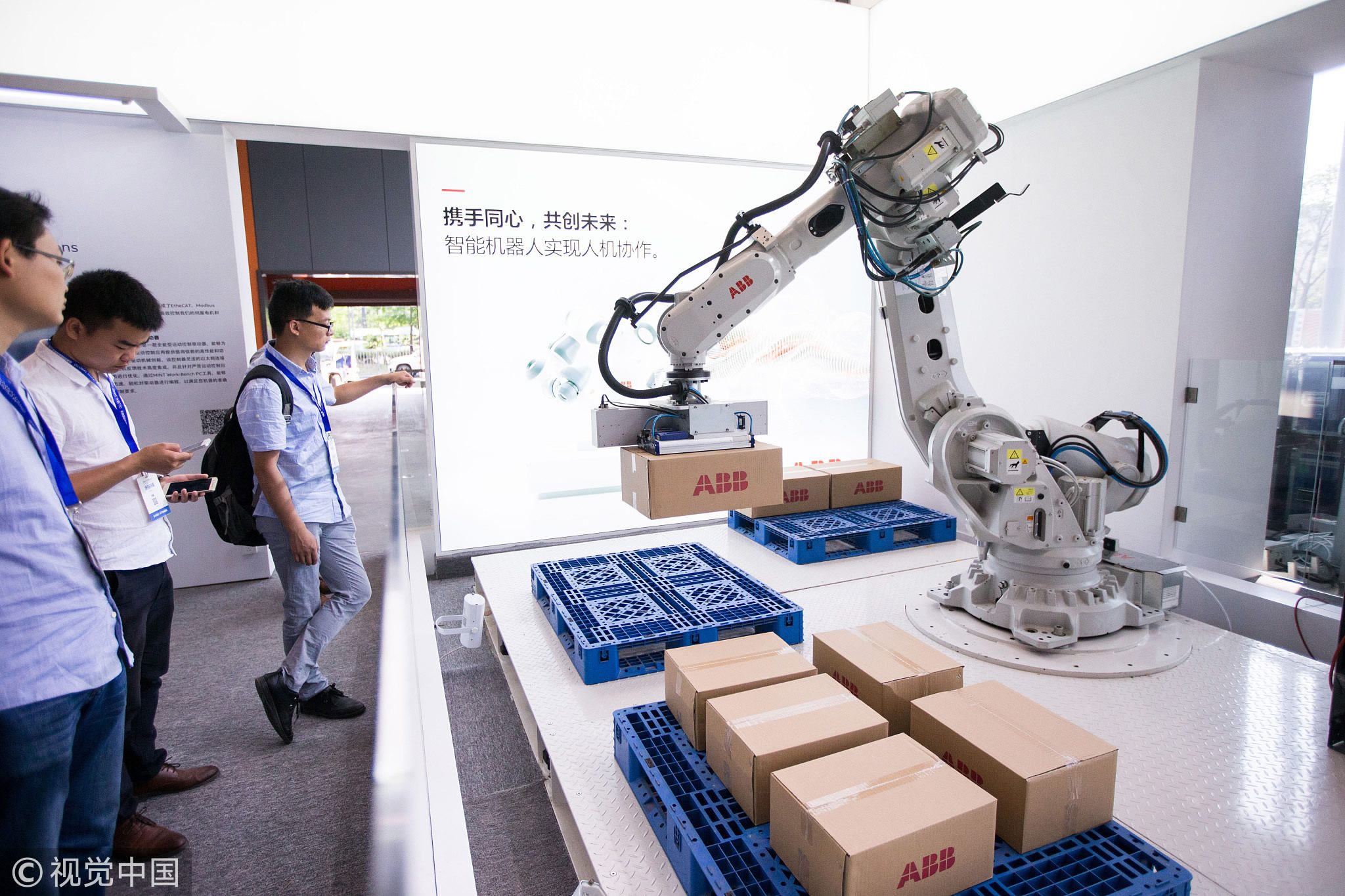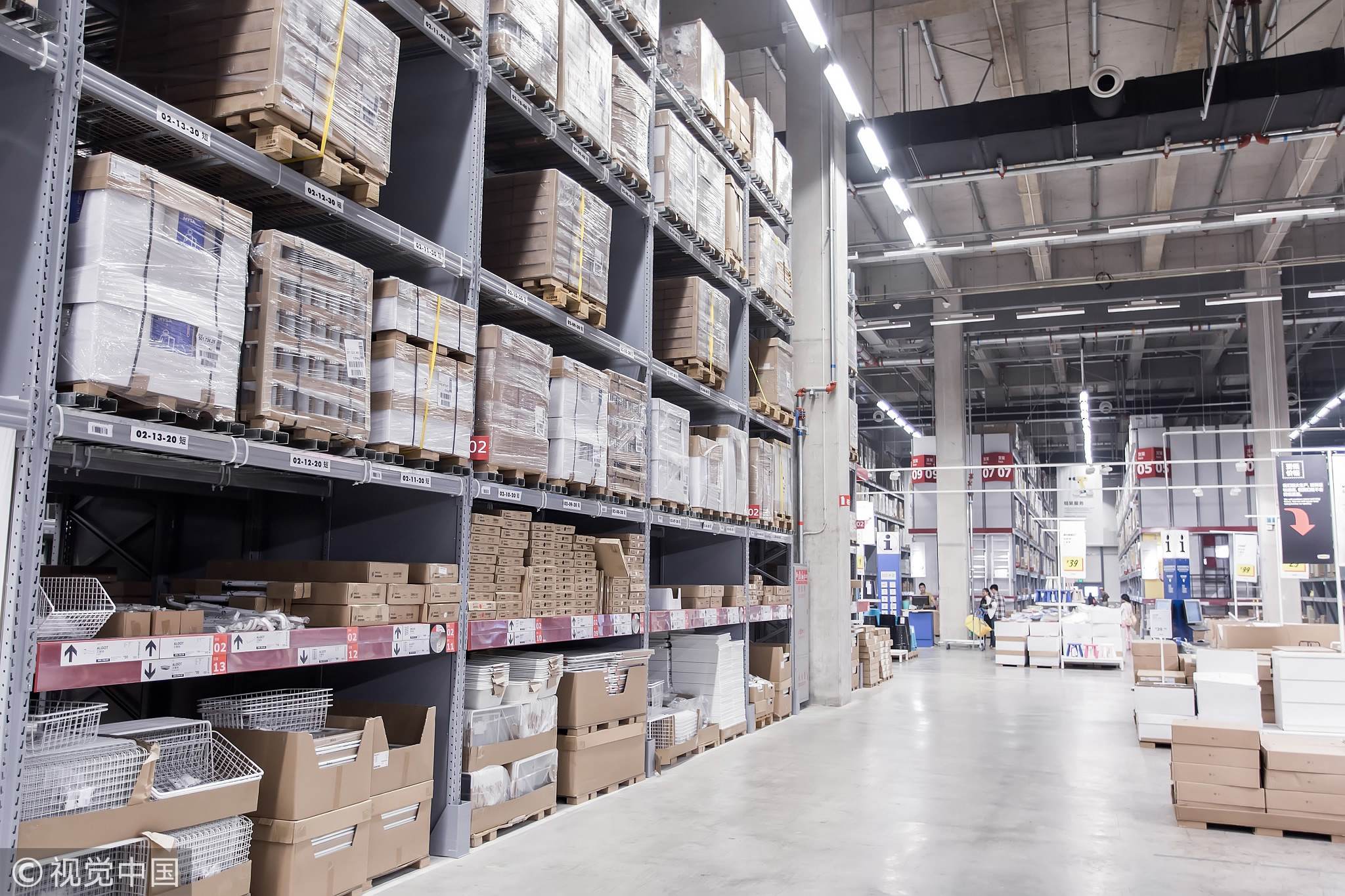
Opinions
23:10, 17-Jan-2018
Opinion: Express delivery service – a new economic barometer
Guest commentary by Li Hongchang

China’s State Post Bureau (SPB) posted the express service development report of 2017 on its official website in which it has been observed that 40.06 billion express items had been delivered and total revenue of 495.71 billion yuan recorded nationwide, increasing by 28 percent and 24.7 percent separately on a year-on-year basis. Spatially speaking, there are three types of geographical categories of express delivery service, namely, intra-city delivery, inter-city delivery and international delivery.
It’s worthwhile to note that express delivery service measured by item quantity proportional to the overall quantity delivered for the above-mentioned geographical scopes is 23.1%,74.8% and 2.1% respectively, while for turnover generated, the numbers are 14.8%, 50.7% and 10.7%. In this context, what are the implications economically, socially and regionally for the rapid expansion of express delivery industry in China?

A logistic robot dispatches parcels. /VCG Photo
A logistic robot dispatches parcels. /VCG Photo
Barometer of Economic Growth
According to the report published by SPB, the growth momentum of express delivery industry can be attributed to the surging market demand facilitated by e-commerce and the booming economic growth environment.
Regarded as another economic growth engine, express delivery industry gained favorable supportive policies issued by the central and some local governments. Some scholars argue that with the weakening relationship between economic growth performance and railway cargo volume or stock market index, express delivery service can be an effective supplementary index signifying the overall national economic growth trend.
Express delivery service growth rate can be incorporated into Keqiang index created by the Economist to measure China’s economy using three indicators (railway cargo volume, electricity consumption and loans disbursed by financial institutions) and replace the role of railway cargo volume.
China is still in the development stage of transportization, industrialization and urbanization, the rapid economic growth is accompanied by sound express delivery and logistic development. Therefore, it’s somewhat reasonable to create an express delivery service index as one of the economic barometers to indicate macroeconomic ups and downs.

The shelves with parcels /VCG Photo
The shelves with parcels /VCG Photo
Barometer of Social Structural Change
China, as the world’s factory, is gradually evolving from a production-oriented society into a consumption-oriented one. The very prominent symbols of consumption-oriented society include but are not limited to dominant position of tertiary industry in its contribution to Gross Domestic Product (GDP), fast growth rate of retail industry revenue, blowout of domestic and oversea tourism, steady turnover increase of luxurious goods, and high time value for working and leisure times which can be perfectly demonstrated by rapid express delivery industry development and people’s high-end requirements on punctuality and service quality of express delivery industry.
For example, service industry contributed more than 51.6% to GDP growth in 2016. Of the total 70 billion express delivery items worldwide in 2016, China alone occupies around 42.85% of market share. There is no doubt that Chinese society is nowadays becoming a consumption one after more than 10 years of express delivery industry development.
Barometer of Regional Development Disparity
The express delivery quantity and turnover can signify the regional economic development trend. In 2017, the top 10 cities with the highest express delivery items transported and revenue generated are shown in the two Infographics below.


It’s clear that economic growth poles are located in Shanghai, Shenzhen, Guangzhou, Beijing metropolitan areas and southeast coastal regions.
We can expect industrial upgrading and technological innovation will have higher probabilities in these regions, of course, with express delivery industry also booming accordingly.
(Infographics creit: CGTN Gao Hongmei)
(Li Hongchang is an associate professor at Beijing Jiaotong University. The article reflects the author's opinion, and not necessarily the views of CGTN.)

SITEMAP
Copyright © 2018 CGTN. Beijing ICP prepared NO.16065310-3
Copyright © 2018 CGTN. Beijing ICP prepared NO.16065310-3